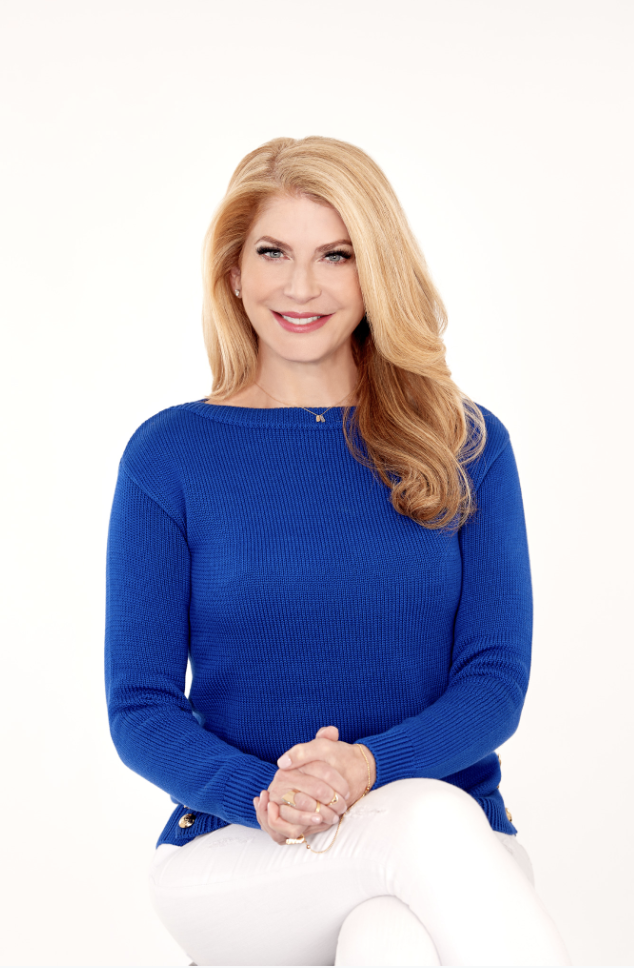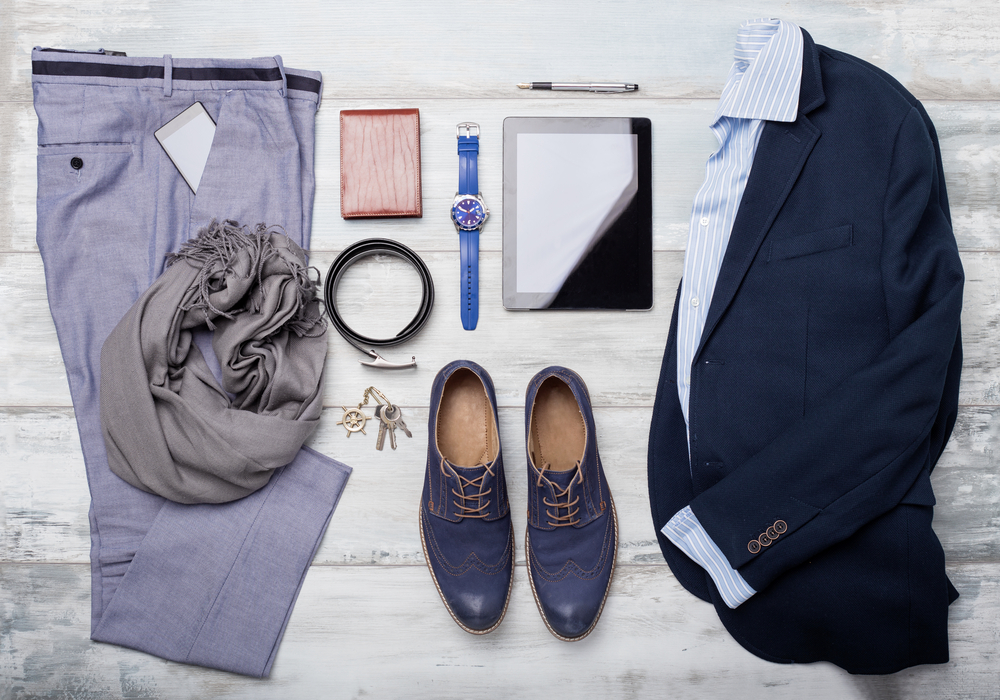People talk about the importance of dressing for success, but what exactly does that mean? The idea behind dressing for success is how do you use your attire to become self-empowered in the workplace. What you wear to your interview is important, advises Lindsay Olson for U.S. News and World Report. “Put as much effort into picking your perfect interview outfit as you do to preparing your answers so that you make a positive impression.”
According to PayScale Data, roughly half of U.S. employees have an explicit dress code at their place of work. However, in an article in CEO Today (2018) it was cited that 61% of people looking for a new job said they would have a negative perception of any company that enforces a dress code. Fortunately, company dress codes have been loosening. Business Insider reported that J.P. Morgan Chase had circulated an internal memo expanding “business casual dress firmwide.” According to the memo, the change from business formal — suit jackets and ties — to a less buttoned-up appearance at the world’s fifth-largest bank reflected “how the way [J.P. Morgan works] is changing.”
Across most industries and cities there is a new, more-relaxed era of professional appearance. It’s significantly more acceptable to see hoodies and flip-flops in the office than it is to see suits and ties. It’s estimated that 47% of millennials have at least one tattoo or body art-like ink or piercings, which are also becoming much more visible and prevalent in the workplace.
Regardless of whether you’re working from home, for a start-up, or hoping to secure a job with major corporation, research indicates that formal dress can assist with confidence, big picture thinking, and attention. And the effect was even stronger when individuals felt they were better dressed than their peers. Another study found that individuals who feel comfortable showing their personality in some aspect of their dress, even if it may be perceived as quirky or odd, inherently feel more confident, distinguishable, and set apart from the crowd. Applying some principal of color theory is also something to consider. For example, red is perceived as a power color. Athletes who wear red worked harder during the match than athletes wearing blue. Although this did not affect the outcome, it does show that the color of attire can impact your level of self-confidence.
Here are four simple guidelines to help you develop a dress style that will make you feel confident and be the best you.
Dress with intention
Think about what you’re going to wear each day, as opposed to throwing on clothes from the day before. This indicates to your brain that you value yourself enough to take the time to dress for the day ahead. It doesn’t matter if you’re working from home or sitting on a bean bag in a startup. You’ll feel more self-confident when you can look in the mirror and reflect on the person who took a few extra minutes to prepare themselves instead of just rolling out of bed. Now you’re set with a “go get it attitude” for calls, meetings, and anything required throughout your day.
Dress with authenticity, regardless of dress codes
When you feel like you’re dressing for someone else you undermine your confidence. Don’t allow yourself to feel like you’re playing a part in someone else’s movie. Try to look like “you” and not like “everyone else.” Wear whatever feels right and makes you feel comfortable. Choose for yourself. If want to feel like a power player, select the attire that will help you empower you to project that level of confidence.
Focus on expressing your personality in dress style
Be intentional and incorporate a moderate level of self-expression in your fashion style that accentuates your individuality. Exercising self-expression and stepping outside what’s perceived as the norm, will project more self-confidence. If you have the strength to use attire as a way of expressing yourself, do it. Just understand if your choice is too “loud” or bold it may backfire on you and come across an expression of insecurity.
If you feel confident in a certain color, wear it!
It doesn’t matter that the research says red is a power color. If another color makes you feel more powerful, wear it business meetings, networking events or meetups. If you work from home, wearing a power color can still set the stage for you to challenge your brain to a particularly productive day.
Most importantly, fashion is a universal art form which is inherently a powerful form of self-expression. Even though dress codes still thwart total self-expression in some workplaces, there are still many opportunities for you to express your personality and have some fun with your attire. You’re not like everybody else, so don’t be afraid to show it.


